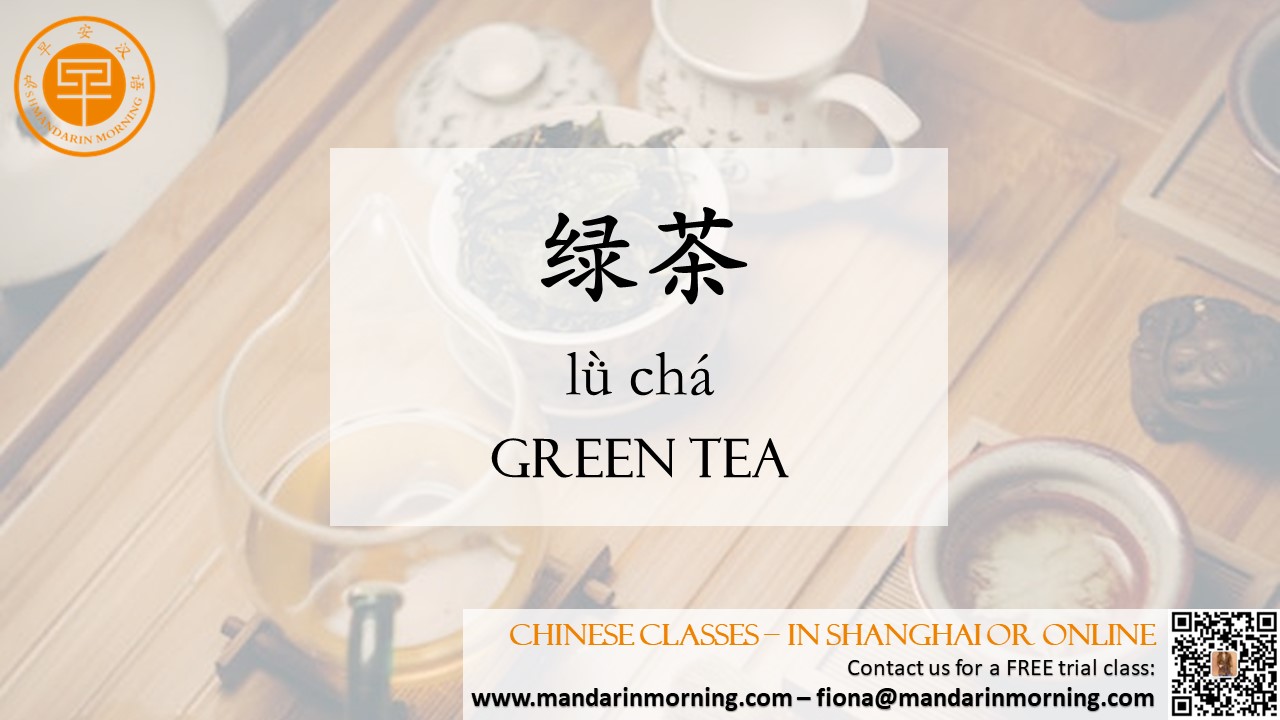Today, most Chinese tea is loose leaf tea that’s steeped in boiling water, either in a teapot (茶壶 cháhú) or directly in a thermos or glass, depending on the type of tea being consumed. Drinking tea made from tea bags is uncommon in China. Types of Chinese teas The type of tea produced is determined by the level of oxidation the tea leaves are allowed to undergo before the process is stopped by heating the leaves. In China, tea merchants usually refer to this oxidation process as fermentation (发酵 fājiào). Chinese teas are classified according to their level of fermentation. The more fermented the tea, the stronger its taste. White teas (白茶 báichá) are essentially unfermented (不发酵 bù fājiào). They are followed by lightly fermented (微发酵 wēi fājiào) green teas (绿茶 lǜchá), half fermented (半发酵 bàn fājiào) oolong teas (乌龙茶 wūlóng chá), and fully fermented (全发酵 quán fājiào) black teas (红茶 hóngchá). Pu’er (also called pu-erh) teas (普洱茶 pǔ'ěrchá), which are generally quite dark and strong, are said to be post-fermented (后发酵 hòu fājiào). Honorable mentions Certain regions of China are known for producing and consuming special types of tea. For example, Wuyi Mountain, in Fujian Province, is particularly famous for production and consumption of fine oolong teas such as dahongpao (大红袍 dàhóngpáo). Green teas such as biluochun (碧螺春 bìluóchūn), grown in Jiangsu Province, are popular in the region around Shanghai. We must not forget herbal "teas" Other beverages referred to as “tea” also exist in China, although some of them don’t actually contain any Camellia sinensis leaves. One popular tea is jasmine tea (茉莉花茶 mòlìhuāchá), made from a mixture of green tea and jasmine flowers. Barley tea (大麦茶 dàmàichá), made from roasted barley grains, doesn’t actually contain any tea leaves at all. Last but not least, nǎichá! Other types of “tea” that enjoy immense popularity among the younger generations are milk tea (奶茶 nǎichá) and bubble tea (珍珠奶茶 zhēnzhū nǎichá). These sugary drinks, which don’t contain much (if any) actual tea, come in a variety of different flavors. |